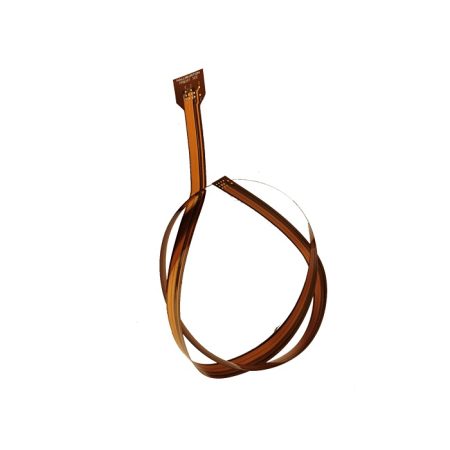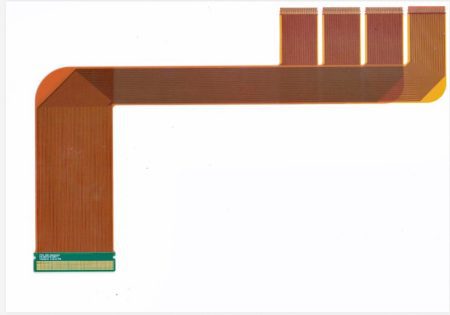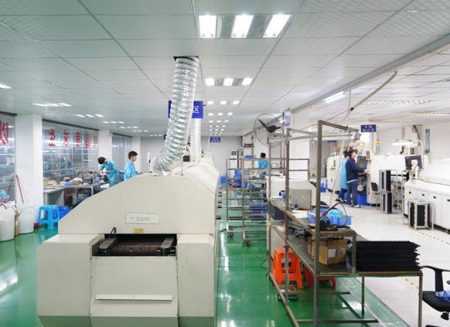- +86-755-23012705
- Building 3, Jinfeng Industrial Park, Fuyong Street, Baoan District, Shenzhen ,China
- [email protected]
Flexible Printed Circuit Boards (FPCBs) are increasingly being used in a wide range of industries, from consumer electronics to automotive and medical devices. Their ability to bend, twist, and fold while maintaining electrical functionality offers significant advantages over traditional rigid PCBs. However, designing and producing FPCBs presents a unique set of challenges that engineers must address to ensure the final product is both functional and durable. In this blog, we will explore some of the key challenges faced in the production and design of FPCBs and the considerations that need to be taken into account.
One of the primary challenges in FPCB production is selecting the right materials. Unlike rigid PCBs, which are made of solid, inflexible substrates like FR4, FPCBs require materials that can withstand bending and flexing without compromising the electrical performance. Common materials used for FPCBs include polyimide (PI) and polyethylene naphthalate (PEN), as these materials are both flexible and heat-resistant. However, these materials tend to be more expensive than traditional FR4, which adds to the overall cost of production.
Moreover, the choice of conductive materials (copper is most commonly used) and the specific type of adhesive or bonding agent also need to be carefully selected to ensure durability and proper electrical conduction, even under constant flexing or bending.

The design of an FPCB requires a careful balance of flexibility, durability, and electrical performance. Since FPCBs are often used in compact, space-constrained environments, designers must account for the limited space available for components and traces. This means that the design must be highly optimized to ensure that the circuit functions correctly while fitting into the desired form factor.
Another key design consideration is the need for routing to be flexible enough to withstand repeated bending and movement. Engineers must ensure that the traces are designed with proper width and spacing to accommodate bending without breaking. This can be difficult to achieve without compromising signal integrity, especially for high-speed applications where signal loss or distortion can significantly impact performance.
FPCB production requires high precision at every stage, from etching the circuit patterns onto the flexible substrate to applying the protective coatings. The need for precision is particularly important when working with ultra-thin substrates and fine-pitch components, which are common in FPCB designs.
The process of etching, for instance, can be more challenging than with rigid PCBs. The flexible substrate can be easily damaged or deformed if not handled properly, leading to defects or failures in the final product. In addition, the process of soldering components onto the flexible board requires specialized techniques to prevent damage to the substrate. Surface-mount technology (SMT) is often used, but it requires precise control over temperature and handling to avoid warping or causing short circuits.

One of the key advantages of FPCBs is their ability to endure bending and movement, but they also need to maintain their performance over time. The constant flexing can cause wear and tear on the materials, leading to fatigue and eventual failure of the circuit. In high-stress environments or applications involving frequent movement, such as wearable electronics or automotive systems, ensuring long-term durability is a significant challenge.
To improve the durability of FPCBs, manufacturers must pay careful attention to the design of the solder joints, the choice of materials, and the thickness of the copper traces. Thicker copper traces can enhance strength and reduce the likelihood of trace fractures under bending, but they also impact flexibility. Therefore, the design must strike a balance between robustness and flexibility.
Testing FPCBs can be more complicated than testing traditional rigid PCBs due to their flexibility and the potential for deformation during handling. Engineers must ensure that the FPCB functions correctly in both its flat and flexed states. This means testing for electrical conductivity, signal integrity, and mechanical stress under various conditions.
Quality control becomes even more critical when working with small volumes of highly specialized FPCBs. Inconsistent results or defects can be more difficult to identify and address, especially when dealing with small or intricate designs. Automated optical inspection (AOI) and other advanced testing methods are essential to detect faults in FPCB production and ensure that the final product meets the required specifications.

Flexible Printed Circuit Boards offer incredible potential for innovation in modern electronics, enabling products that are lightweight, compact, and capable of withstanding motion and flexing. However, the production and design of FPCBs come with a unique set of challenges. From selecting the right materials and ensuring durability to achieving high manufacturing precision, engineers must carefully consider each aspect of the design and production process. As demand for flexible electronics continues to grow, addressing these challenges will be key to unlocking the full potential of FPCBs in a variety of applications.
Take Your Projects to New Heights with XPCB Limited
XPCB Limited offers top-notch PCB manufacturing, quick-turnaround prototyping, and turnkey PCBA services designed to make your projects shine. Count on us to bring your ideas to life with efficiency and quality. Your success matters to us, and we’re here to make your innovation journey smooth and rewarding.






XPCB Limited is a premium PCB & PCBA manufacturer based in China.
We specialize in multilayer flexible circuits, rigid-flex PCB, HDI PCB, and Rogers PCB.
Quick-turn PCB prototyping is our specialty. Demanding project is our advantage.
Tel : +86-136-3163-3671
Fax : +86-755-2301 2705
Email : [email protected]
© 2024 - XPCB Limited All Right Reserve
